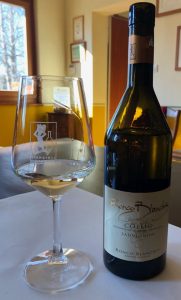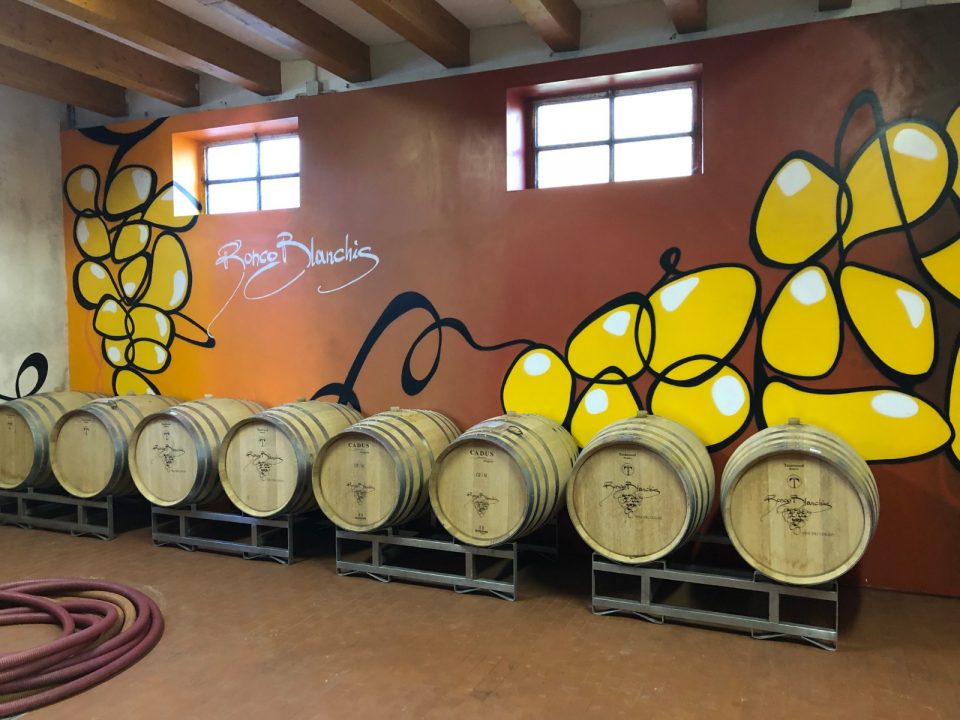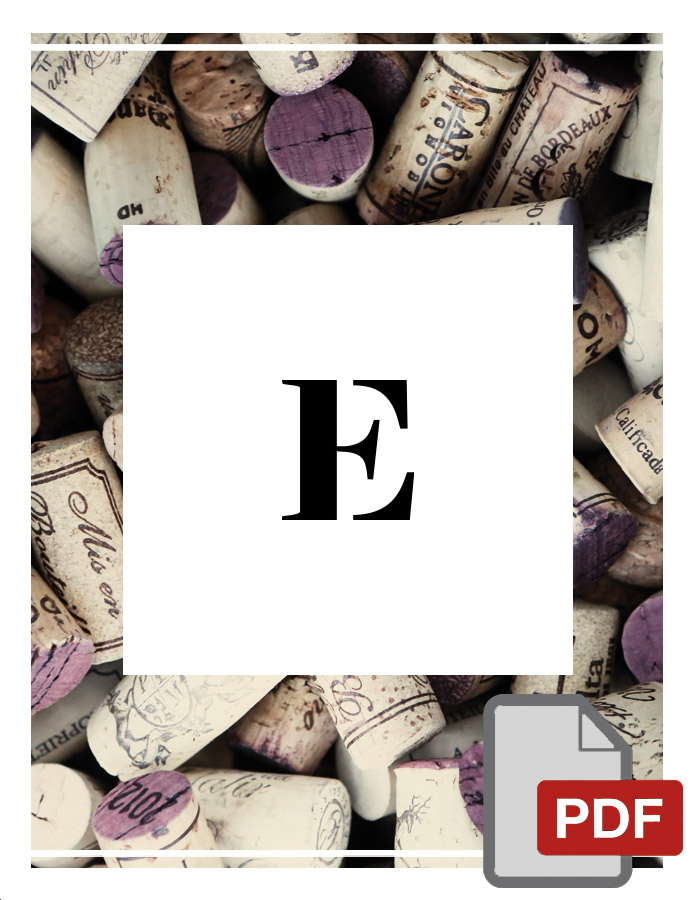Wineries
Visit to the Ronco Blanchis winery

Last week, we of Enolike went to the Collio Gorizia to discover the Ronco Blanchis winery. Thanks to the interview given by Marco Zorzenon, who has been a member of the company since 1998, we were able to get to know all the curiosities about this company.
Location and history
Located just a short distance from Gorizia, in a south-facing hill and to the east lies the Ronco Blanchis winery. At the foot of the slopes of the Collio, among the vineyards that were of noble Austrian and Spanish families.
Since 2002 the activity has been owned by the Palla family, who also takes care of the Loredan Gasparini winery in Volpago del Montello.
With the change of management all the wine varieties that did not represent the territory have been eliminated, aiming to enhance only those that represent it. Currently the winery produces: Pinot Grigio, Chardonnay and Sauvignon that come from France but that are regularly produced in Friuli. And also the local Ribolla Gialla, Malvasia and Friulano.
The wines
The wines are grown in six mono – vines (ie the six types of grapes grown). In addition to two grapes: one ready to drink which is made only of steel and is ready for the spring following the harvest. And a second that is obtained only 24 months after the harvest and spends six months “in wood” (barrique).
The Friulano is one of the key wines of Ronco Blanchis and it represents the philosophy of the winery. Its value is due to the fact that it grows in a valley with fairly humid soils where mists are formed in the morning (hence the name of the company) that give a humidity that facilitates the arrival of noble molds (Botrytis). These so-called noble molds cause the bunch to dry and improve the quality of the same by increasing the sugar content and the aromatic compounds. All merits that feel good at the moment of tasting. Only a small part of the grapes is exposed to noble molds, then harvested separately and used as tanning. Obviously the vintages are not all the same and therefore the result is never the same; every year is nice to tase the Friulano and discover the differences.
Harvest and vineyards
The harvest begins around the 20th of August and lasts for about a month. The harvest is done by hand and then the whole grape is pressed and the must obtained is cooled and brought to the tanks where the controlled alcoholic fermentation begins. During the harvest, the grapes are pressed every 2 hours to prevent them from remaining on the wagon too much time and warm up. Only a very small part is macerated but it is still a technique that is still being tested.
The wine is constantly evolving thanks to live yeasts. The first week after harvest the wine is tasted every day; then 3 times a week until Christmas. When necessary, it is decanted to guarantee the typicality of the wine. After the Christmas period the yeasts go thought the dying face and then the wine will stabilize and improve. Bottling takes place in May. Once bottled, the wine lasts for several years. The durations vary depending on the wines and of course the way in which it is stored (ideal in the cellar and not in the apartment). Marco told us about a vertical tasting of Friulano that they did a short time ago and the bottle of 2009 was still of the highest quality.
The particles
The company has recently decided to “divide” the production of wine. In fact, just two particles (number 3 and 5) have been born: land dedicated to the production of specific vines. The 3 is dedicated to Chardonnay and occupies the highest part of the company or the most suitable for this type of wine. The vine was planted in 2004. During the harvest a selection of grapes is made that go into barriques for at least 8 months. It is a niche product, in fact only 1500 bottles are produced.
In the particle 5 the Pinot Grigio is produced, also this is found in the highest part of the hill. This year its first production will be put on the market. This is also the first wine with grapes that have undergone a short maceration (a few hours), which allows to give a coppery color to the wine. Even this type of wine can be defined as a niche.
The two particles are positioned in the sunniest, highest and with more marl (a rock typically found in the soil of the collio). On the rows of vines, the green manure has been sown: a mixture of herbs used to give organic substance to the soil, no chemicals are used.
The 2 wines we tasted
2017 Sauvignon: good ripening of the grapes 14 degrees alcohol that do not feel, very fragrant. Varietal, there are no exhilarating fragrances. The Sauvignon grape, if it is harvested early, has certain compounds that shoot the perfumes but have no structure. By harvesting ripe grapes, the aromas are less intense but the wine is much more structured and lasts over time.
2017 Pinot Grigio has a coppery color (given by the maceration of the grapes – experiment explained above) compared to the greenishness of the other wines. The cleaning and the definition of the pinot grigio 13.5 degrees is felt. Easy to drink with a structure that allows it to improve over time.
Our visit to the company was extremely pleasant. We thank the kind Marco Zorzenon again for allowing us to discover in such a way the beauties and peculiarities of the company in which he has worked for many years. If you are curious and want to taste their products too, this is the right opportunity to do it!
Good day
Ilde





